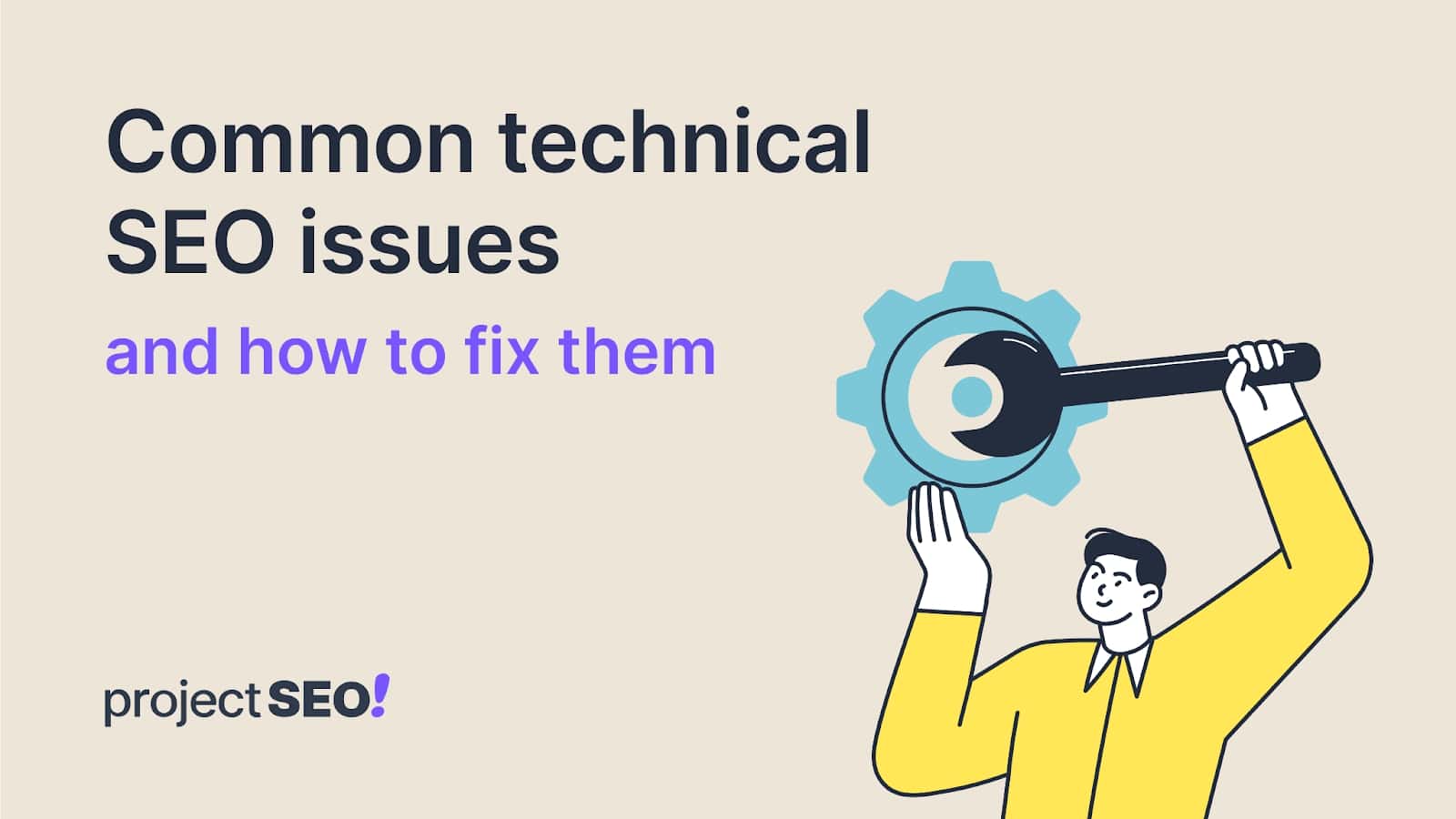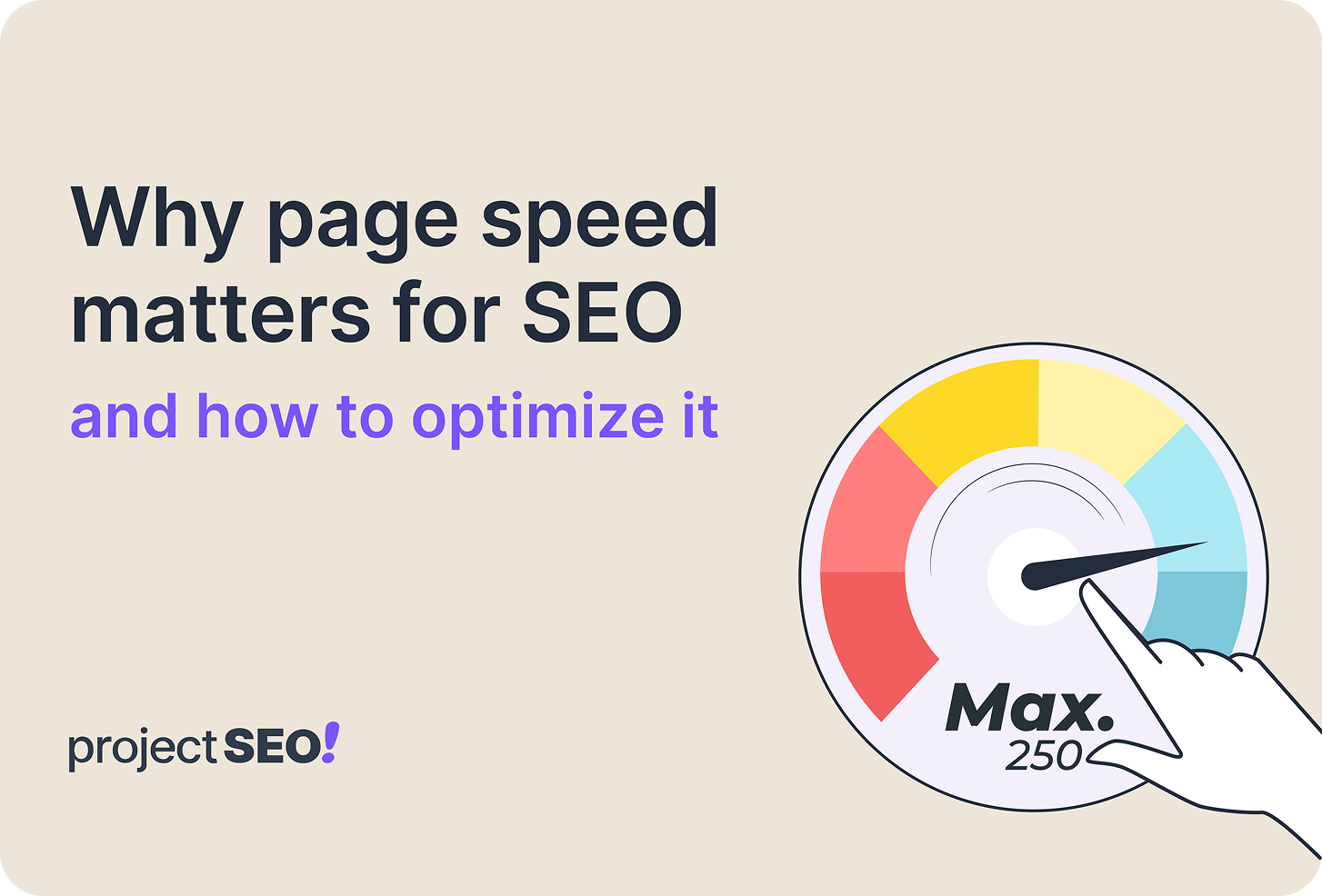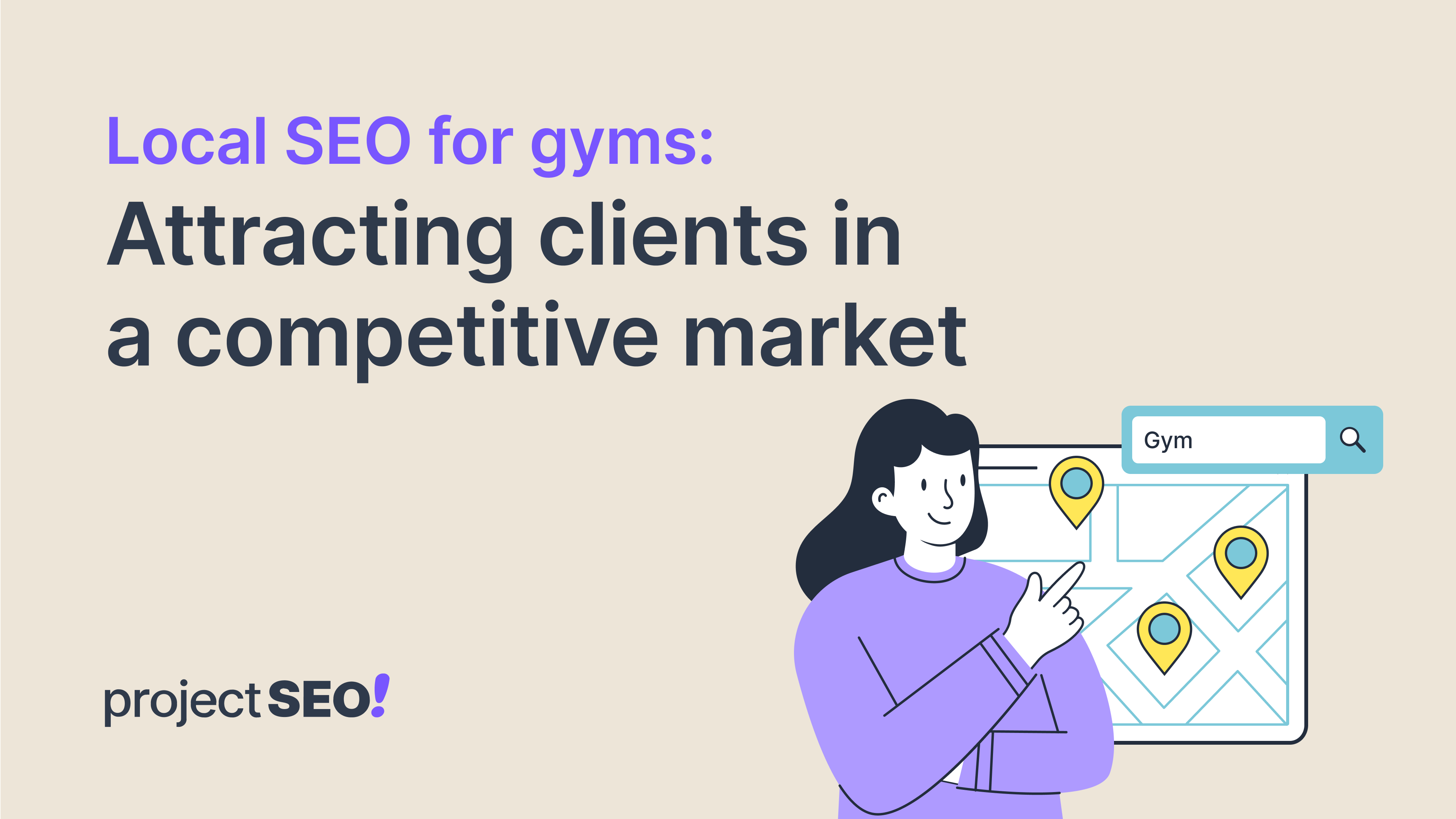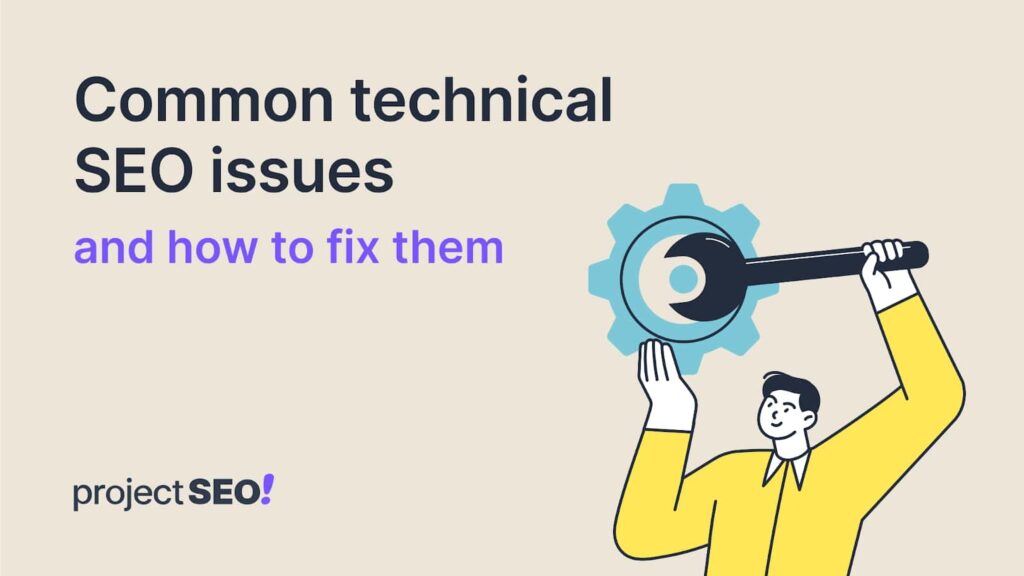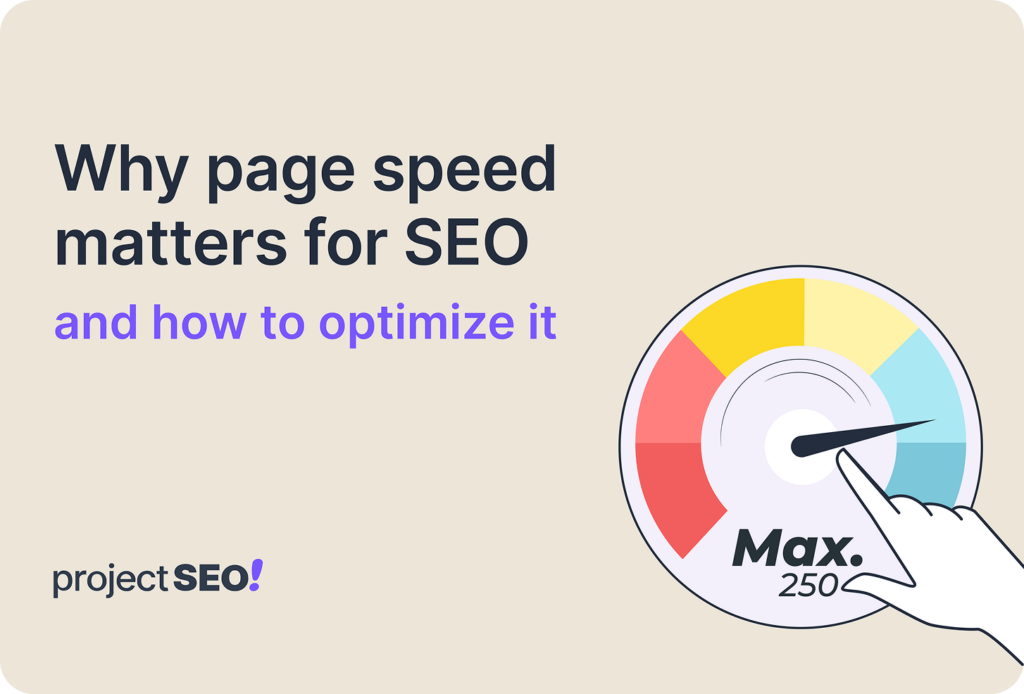Content marketing has arguably been the most cost-effective way to grow a business organically in the last decade, especially digital businesses that provide SaaS solutions. Quality content offers long-term engagement and educational value, builds brand reputation, establishes brand sentiment, shows thought leadership, builds trust, and improves SaaS sales.
However, it’s crucial to understand the type of SaaS content one should create and, even more important to deliver the content to the target audience. This guide will show you how to develop a content marketing strategy to take your SaaS business to greater heights.
What Is SaaS Content Marketing and Why is it Important?
Content marketing focuses on creating and distributing valuable, relevant, consistent content across digital platforms to attract and retain a clearly defined audience and drive sales. In the SaaS industry, this means educating your customers, building trust, and highlighting the value of your software.
Every business needs content marketing to grow, and SaaS companies are no different. The SaaS industry is always changing. Your audience constantly wants to learn and improve. They rely on content marketing to stay informed, which makes it a powerful tool for SaaS companies to connect with their audience.
Effective content marketing can increase brand awareness, build trust, strengthen customer loyalty, provide a high return on investment, improve sales, and reduce costs. Unlike paid ads that stop working when the money runs out, good content keeps attracting and engaging people over time. It can bring in traffic and leads long after it’s created, offering ongoing value without extra costs.
What’s Unique About SaaS Content Marketing
SaaS content marketing is different from content marketing in other sectors for the following reasons:
- Unlike other sectors, you sell both technology and service in SaaS, so the sales process is often more complex and requires detailed explanations. Content for SaaS needs to educate users on how the software works and how it can solve their specific problems. This makes the content more technical and focused on teaching the audience.
- SaaS companies are usually interested in the entire customer lifecycle, not just making a sale. Content must support customers from the moment they become aware of the product, through their decision to purchase, and even after they’ve started using it. This means creating guides, tutorials, and ongoing resources to help customers get the most out of the software.
- SaaS is a digital service, so most buyers research your business online before committing to it. Hence, your content as a SaaS provider should easily be found online. SEO is crucial to helping potential customers discover your software. This means using the right keywords and creating content that answers your audience’s questions.
- SaaS companies need to establish themselves as experts in their field. This requires producing content that shows deep knowledge of industry trends and offers valuable insights. Since SaaS products are regularly updated with new features, the content must also be frequently updated to keep users informed and engaged.
- SaaS companies rely on a subscription model, so keeping customers happy and subscribed is crucial. Content marketing must not only attract new users but also retain existing ones by continuously providing value and support.
How to Develop an Effective SaaS Content Marketing Strategy
To develop a successful content marketing strategy for your SaaS business, you must understand your audience, set clear goals, and consistently deliver valuable content. Here are a few steps to help you get started:
1. Understand Your Audience
The first step towards building any successful content marketing strategy is understanding your audience. However, this is not always straightforward, especially regarding B2B SaaS.
Remember, selling your SaaS products to other businesses usually means dealing with different people, including decision-makers, users, and influencers. Hence, you must know who will engage with your content, when they’ll interact with it, and how to guide them toward making a purchase.
For instance, suppose you run a project management SaaS company. Your content most likely engages various professionals: a decision-maker like a Chief Operations Officer (COO), a user like a project manager, and an influencer like a Chief Financial Officer (CFO).
In that case, your strategy might look like this:
- Create a series of blog posts on project management best practices to attract project managers, build trust, and showcase the value of your solution.
- Offer a free trial of your software to project managers, who can then share their positive experiences with the COO.
- Publish a report on improving operational efficiency, with a call to action (CTA) leading to a downloadable ROI calculator to capture the COO’s interest.
- Develop a case study showing how your software helped another company complete projects faster and under budget. Then, include detailed pricing information to help the COO convince the CFO of the purchase’s value.
So, How Exactly Do You Understand Your Target Audience?
Some practical examples of how to understand your target audience include,
- Networking with industry influencers and experts. Building relationships with these individuals can give you insights into your sector and help you reach new, engaged audiences.
- Interviewing a range of customers, from end-users to decision-makers. Ask them about their experiences, how they consume content, and what influences their purchasing decisions.
- Working closely with your Sales and Customer Support teams. These teams interact directly with customers and can provide valuable insights into customer needs, pain points, and feedback, which can inform your content strategy.
- Engaging in online communities relevant to your industry. This could be forums like Stack Overflow, industry-specific subreddits, LinkedIn groups, or specialized Slack channels where your target audience discusses their challenges and interests.
2. Set Clear Goals and KPIs
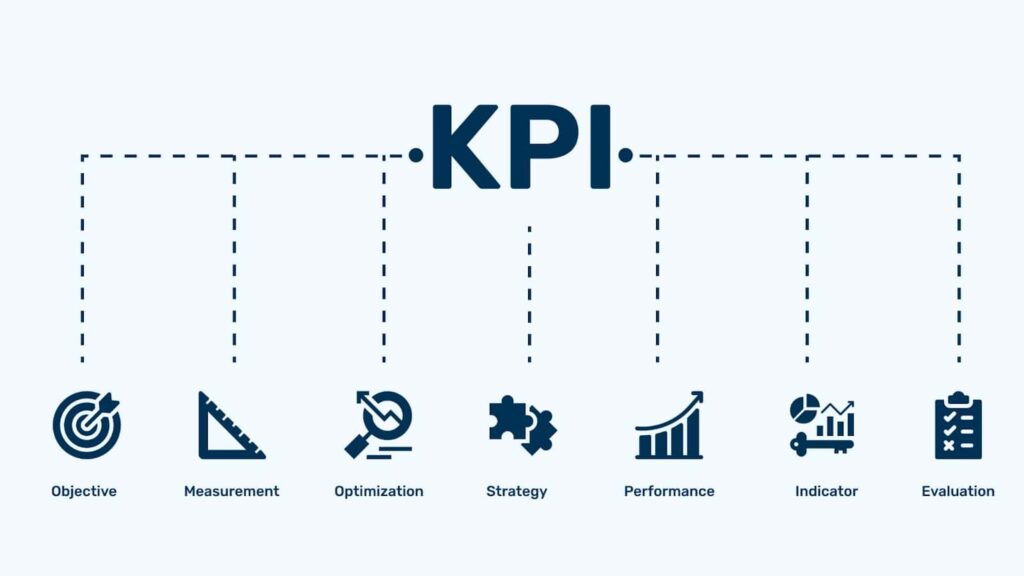
It is crucial to set clear goals for your content marketing efforts. What do you want to accomplish? You may want to increase website traffic, generate more leads, or improve customer loyalty. Once you have your goals, set Key Performance Indicators (KPIs) to track your progress. KPIs are measurable metrics, like the number of new subscribers or the amount of traffic from a blog post, showing how well your strategy works.
3. Conduct Keyword Research for Each Stage of Your Customer Journey
Keyword research is about identifying the terms and phrases your audience searches for online at each stage of their journey.
In the awareness stage, potential SaaS clients just realize they have a problem or need and are beginning to search for solutions. Some questions they may be asking at this stage are
- “how to manage customer support effectively.”
- “Best way to track customer inquiries”
- “challenges in customer communication”
- “Why is customer support important?”
The next is the consideration stage, where customers are now aware of their needs and are exploring different options to solve their problems. Some questions they may be asking at this stage include,
- “Best customer support software for small businesses”
- “Zendesk vs Freshdesk comparison”
- “top CRM tools for startups”
- “customer service software reviews”
In the decision stage, customers are ready to make a purchase decision and are looking for specific information to finalize their choice. And some keywords that typify their interest at this stage could be,
- “HubSpot pricing”
- “Zoho free trial”
- “Best customer support software”
- “how to set up Zendesk.”
At the onboarding stage, the customer has purchased the software and needs help getting started. Here are some keywords they may be searching for online at this stage.
- “How do you set up Zendesk for a small business?”
- “Zendesk onboarding guide”
- “Getting started with Freshdesk”
- “customer support software tutorial”
Knowing what the customer is looking for at each stage will help you create content that answers their questions and meets their needs. Of course, a well-targeted piece of content that answers customers’ questions would always rank higher in search engine results, making it easier for more people to find your business.
To make keyword research easier and more effective, use the right tools:
- Ahrefs: This tool gives keyword suggestions and tracks competitors, showing what keywords they rank for and their backlink strength. It helps you understand keyword difficulty, domain authority, and search volume.
- Semrush: Semrush provides a broad view of your SEO and content marketing efforts. It shows keyword rankings, helps find content gaps, and tracks competitors’ strategies.
- Google Keyword Planner: Enter a phrase, and it suggests related terms, showing traffic estimates and competition levels. You can see how popular a keyword is and its value to advertisers.
- BuzzSumo: Focused on social media, BuzzSumo identifies trending topics and shows which content is gaining traction. It helps you create content that resonates with your audience.

Each tool can be quite helpful to any SaaS content marketing team, but combining their insights can help you build an effective content strategy. If you’re new to this, consider working with a SaaS content marketing agency for expert guidance.
4. Competitor Analysis
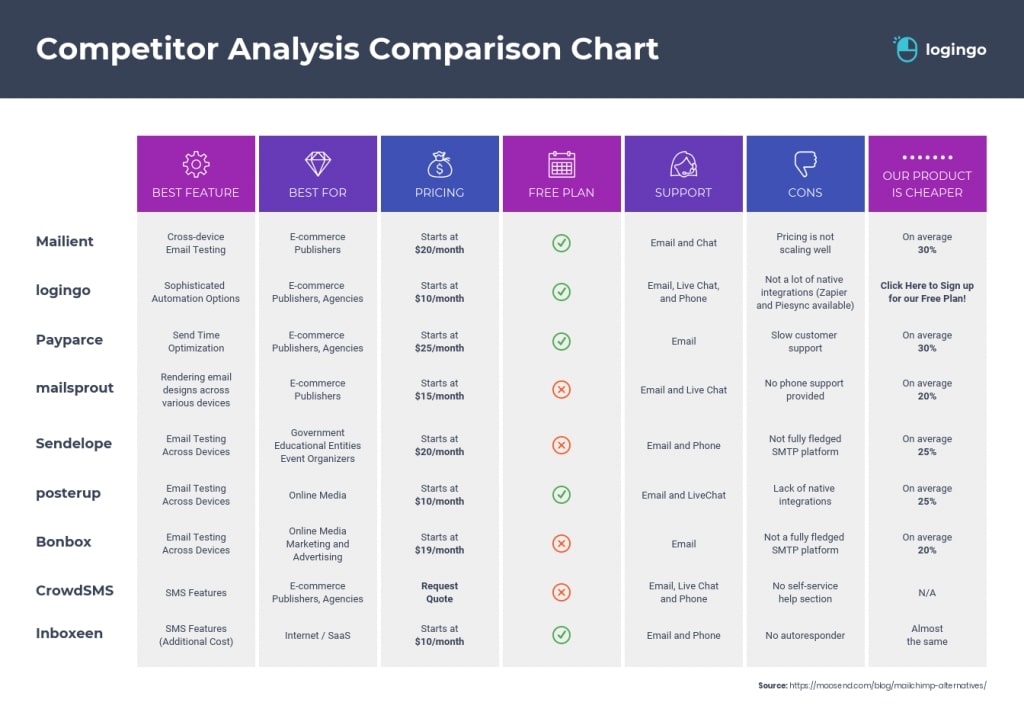
SaaS is a highly competitive niche, with more companies getting into the mix yearly. In 2021, there were about 15,000 SaaS companies in the US, serving around 14 billion users worldwide. So, the least you can do to stay afloat is look at what your competitors are doing with their content and observe their strengths and weaknesses.
Why is it important? Let’s use an example to explain.
Say your company offers a project management tool, and you’re leading the market. But if you’re not paying attention to your competitors, you might miss when one of them launches a new feature that’s better than yours.
What happens then? It’s simple: Your competitor gains an advantage because they stay informed and take action.
If you had done a competitive analysis, you would know what your competitors are planning and could take steps to stay ahead. For example, you can introduce new features to ensure your product remains the best.
Your competitors can be direct (offering similar products) or indirect (offering alternatives). Depending on your product or service, they might be in the same or different niches. You need to identify them, understand the market, and develop strategies to stay competitive. This can only be possible with competitive analysis.
5. Create Valuable Content
The core of your strategy is creating valuable content that helps your audience. Whether it’s a blog post, a video tutorial, or an eBook, your content should provide helpful information that solves your audience’s problems or helps them achieve their goals. High-quality, valuable content builds trust and positions your brand as a useful resource.
So, how do you create valuable content?
Know Your Product Inside-Out
Based on the recent helpful content updates that Google started rolling out in September 2023, for a piece of content to be deemed helpful enough to rank, it must meet the EEAT standards, meaning that the content must show experience, expertise, authoritativeness, and trustworthiness.
You need to know your product as much as your thoughts to meet this standard.
To improve your product knowledge, you can,
- Explore your products regularly to know how they work and what features they offer.
- Joining Customer Calls: Listen to how customers use the product to gain insights.
- Follow all new feature releases and understand their value. You can achieve this by subscribing to industry newsletters, listening to relevant podcasts, and watching YouTube channels that cover your niche.
- Build relationships with your company’s experts, like product managers or executives, and involve them in content creation.
- Connect with thought leaders and experts in your sector. They can be valuable sources of insights and content ideas.
Look At The Bigger Picture
Only talking about how your SaaS product solves problems limits your reach. Your audience has many needs, so covering more topics helps you connect with a larger group. You can start by creating content that not only solves problems but also inspires and educates. After all, customers aren’t just looking for a product—they’re searching for ways to achieve their larger goals, like improving their careers, enhancing their reputation, or contributing to their industry.
Offering educational content that is helpful to your audience beyond solving their immediate problem builds long-term trust and keeps your brand at the top of their minds when they do need a solution.
Take an online design tool, Canva, for instance. Instead of only promoting its design features, Canva offers a wide range of content, from tutorials on graphic design principles to tips on branding and social media strategy. This wider approach has helped the brand build a massive user base, with millions of monthly visitors and strong recognition across various industries.
This does not mean you can’t talk about your product and the problem it solves at some point. If it genuinely adds value to the conversation, then why not? However, be careful not to present it as the only solution. It is always better to discuss a few other options and show why yours is the best fit for a particular audience.
Build Topical Authority
The quality of content you create around relevant topics in your niche determines how much of a trusted information source you become. In fact, your SaaS content marketing strategy is incomplete without building content topics around your area of expertise.
But how do you go about this?
Instead of trying to cover too many unrelated keywords, it’s better to focus on a few main topics and explore them in depth. Start by identifying these core topics, then choose related keywords that fit within them. This way, you’ll understand the subtopics and questions connected to each main topic.
Below is a screenshot to show how you can do it in Semrush:

- For instance, start by typing “SEO” into the topic research bar, as shown in the screenshot above.
- Next, you can select the topic “keyword phrases” from the numerous results, as seen in the screenshot below:

- Use the questions and headlines that appear with the phrase “keyword phrases” to help shape your next piece of content.
- Once you have your main points and questions, put the phrase “keyword phrases” into the Keyword Magic Tool to find related keywords.

- Now, you can use these specific keywords and questions in the screenshot below throughout your article about keyword phrases.
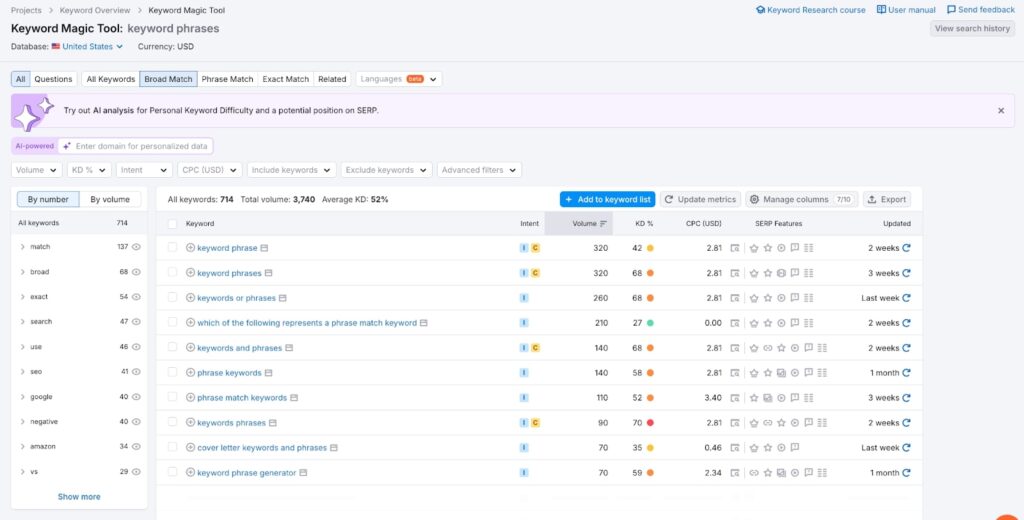
Write Content for Each Funnel Stage
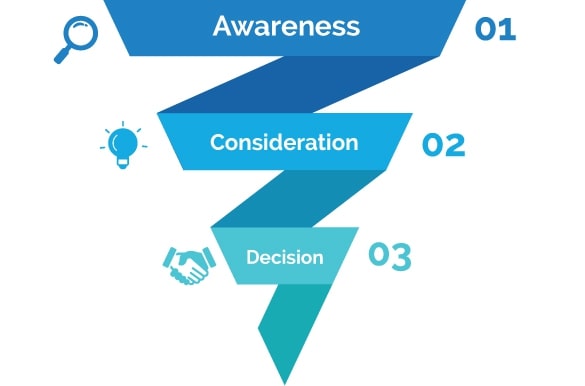
Your audience consists of people at different stages of their buying journey. Some are just discovering your product, while others are ready to purchase. Your content should cater to each of these stages.
To write for each funnel stage, you need to understand what your audience needs at different points in their buying journey. The funnel is typically divided into three main stages: Awareness, Consideration, and Decision.
- Awareness Stage: At the top of the funnel, your potential customers are just realizing they have a problem or a need. They might not know much about your product yet, so your content should focus on educating them. For instance, if you sell project management software. You could create blog posts or videos about common project management challenges at this stage, like “How to Keep Projects on Track” or “Top 5 Reasons Projects Fail.” These topics don’t push your product directly but help people understand the importance of effective project management.
- Consideration Stage: In the middle of the funnel, your audience knows they have a problem and are looking for solutions. They’re comparing options, so your content should help them understand why your product is a good fit. Here, you could offer case studies, comparison guides, or webinars that show how your project management tool helps solve specific issues. A guide titled “How Our Software Streamlines Project Management” could highlight features that make your product stand out.
- Decision Stage: At the bottom of the funnel, your audience is ready to make a purchase. They need content that reassures them they’re making the right choice. Offering free trials, demos, or detailed pricing information can be effective at this stage. For the project management software, a video tutorial on “How to Get Started with Our Software in 5 Easy Steps” or customer testimonials can provide the final push they need to choose your product.
6. Content Distribution
Creating an effective content distribution strategy is as important as the content itself. So, you need to consider how you’ll get your content in front of your audience before you even start creating it.
Use various channels to distribute your content, like social media, email newsletters, and SEO. This ensures that your content reaches as many people as possible. The more places your content appears, the more likely it is to connect with potential customers.
But don’t get it wrong: Different platforms have their own rules. For instance, as a SaaS company, your content on Instagram should be visually engaging, while LinkedIn might be better for in-depth articles.
7. Measure and Optimize
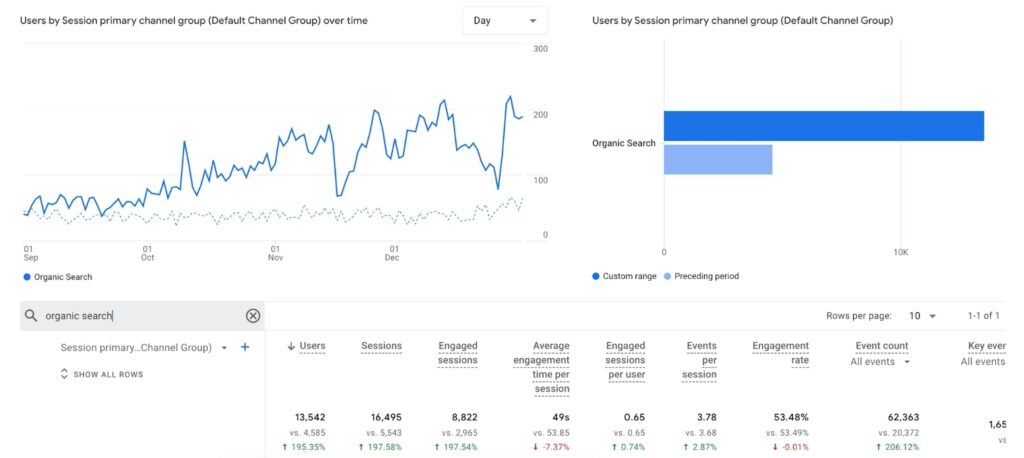
Finally, it’s crucial to measure how well your content is performing. Use tools like Google Analytics to track website traffic, engagement, and conversion rates. By understanding what’s working and what isn’t, you can make better decisions to improve your strategy. Remember, content marketing, especially in the SaaS niche, is a marathon, not a sprint. Continuously optimizing your content marketing efforts will help you achieve better results over time.
Before You Go
We cannot overemphasize the importance of content marketing for SaaS companies: It is arguably the single, most cost-effective means of connecting with their audience, showing their expertise, and driving growth. Creating valuable, targeted content can help you build trust, attract leads, and stand out in a crowded market.
Ready to take your content marketing to the next level? Explore our resources or schedule a consultation.
